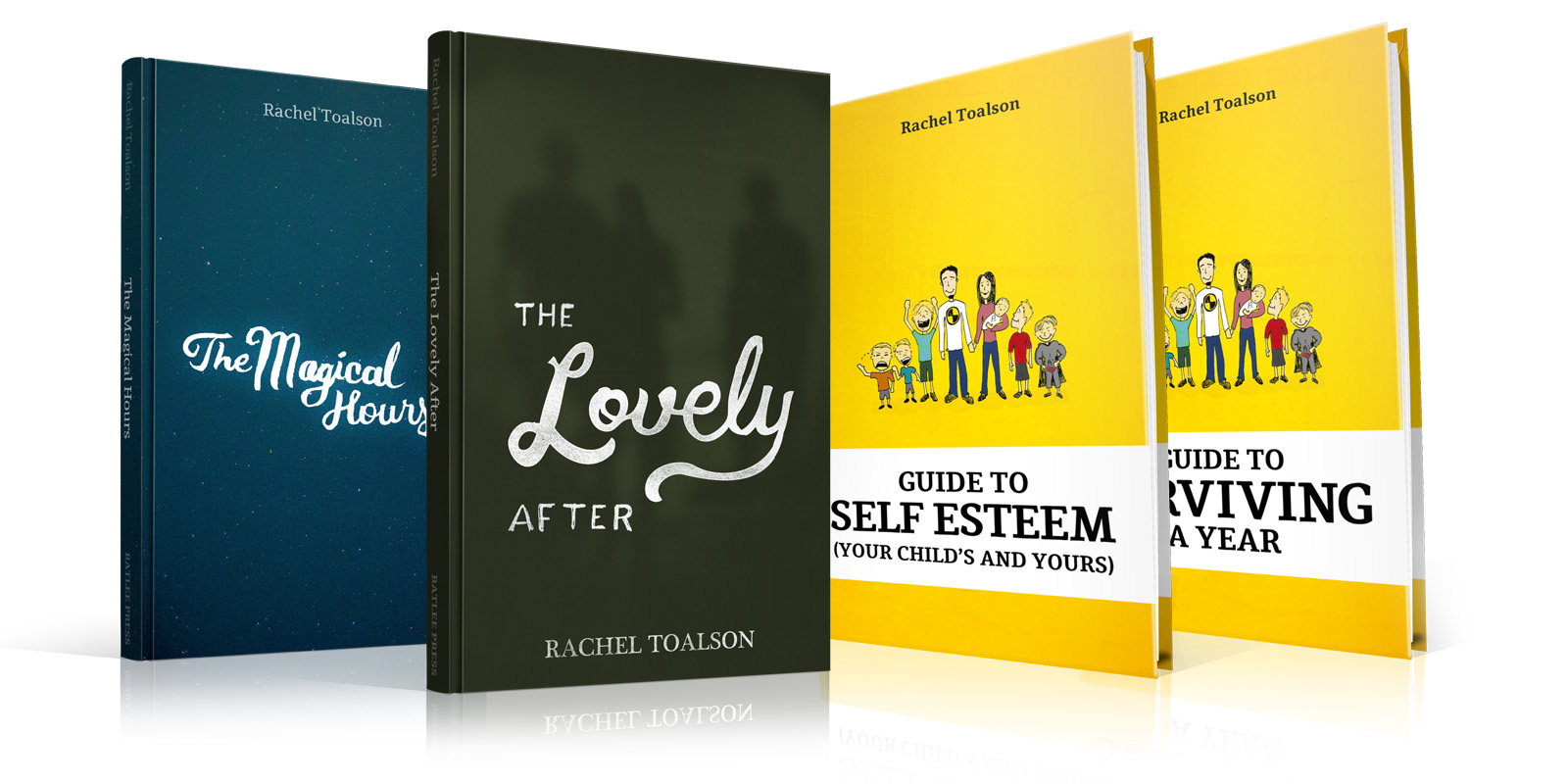“Do you think it’s becoming a problem again?” he said.
No. But yes. Maybe. Probably. No.
Thus began my husband’s gentle reminder not to fall into my self-destructive patterns.
We celebrate twenty years of marriage this month. He’s known me more than half my life. There’s not much I can hide from him. It’s like having eyeballs on the inside, sorting through all your secrets.
He recognizes the signs when I start slipping back into disordered eating and getting tripped up by body dysmorphia.
My depression of late has felt a little…wild. Seasons come and seasons go, some longer than others. Some have deeper waters than others. Some spiral out of control.
When things are out of control, I spiral (just like the depression). When I spiral I grasp for control of anything and everything. Most things can’t be controlled, so they slide right through my hands.
Not everything slides, though. What I always convince myself I can control is diet and exercise. I’ll fast for longer, I tell myself. It’s a healthy form of eating, a buzz word in today’s culture (conveniently). I’ll exercise more. I’m doing something good for myself. I’m not doing anything wrong.
My eyes and heart and mind sweep right over the problem, pretending it doesn’t exist. And therein lies the problem.
I know where things can go from here. I’ve lived that story.
So maybe I acknowledge the problem and maybe I don’t, but the reality is, it’s always there, staring me right in the face. Reminding me that this is yet another personal failure.
What a dirty phrase: personal failure.
The people closest to me know I’m hard on myself. My self-talk isn’t always productive. I’m a hopeful person who avoids hoping for the good things I want and desire—because it’s easier and better for my heart not to be disappointed when those things don’t happen. I don’t always practice mercy on myself when I make a mistake.
Maybe this is why I’ve always loved the journals of Sylvia Plath. She was hard on herself, too. And her self-talk was unproductive a lot of the time. And she hoped only tentatively. Mercy was a foreign concept when applied to herself.
I’ve revisited these journals multiple times over the years, ever since my mom gifted me with them for Christmas when I was in high school. And in the last two years I’ve been revisiting them because I’ve been writing a biography in verse about her last years in high school and her years at Smith College in Massachusetts.
We’re so similar I almost feel like I’m writing about my own years of young adulthood. Up down up down moods, one moment feeling like I’m good at what I do, the next feeling like I’m quite possibly the worst writer who ever lived.
And then there are the mistakes.
I’ve made a lot of them in my life. I’ve tried to forget them as well as I can (but you never really do, do you?), because for a long time, it felt like my mistakes said something about me. They were personal failures. Evidence that I was broken. Incapable. Wrong.
Sometimes they still feel like that.
Viewing mistakes like this kept me—sometimes still keeps me—from examining my weaknesses. It keeps me ignoring my problems. Pretending they don’t exist but are simply things I can’t fix.
That doesn’t solve anything, though. As Margaret Haffernan, an entrepreneur in the UK, says, “You cannot fix a problem you refuse to acknowledge.”
We can’t fix problems we sweep under the bed, hide to our best ability, ignore like if we ignore them long enough they’ll go away. Problems are sticky. They hang around. And they don’t shrink, they grow when they don’t get the attention they think they deserve.
After my husband asked me that gentle, pointed question; after I saw that I was, indeed, headed toward that dangerous road again; after I metaphorically collapsed around another personal failure, another mistake, a voice came from somewhere down deep. Mistakes aren’t who you are, it said. The voice sounded just like me.
That’s because I’m constantly telling my kids this. Mistakes are just mistakes, I tell them. Opportunities to grow. They can be fixed. They aren’t who we are.
I hadn’t been listening to what I knew.
How can we fix something we refuse to see or acknowledge? We can’t. That goes for mistakes, and problems.
I’m still a work in progress. I’m still learning not to expect perfection in myself. Some days are better than others.
Problems aren’t fixed once and for all. Like anything else, they require a journey. Some problems may take our whole lifetimes to solve. We may slip and slide backward and forward along the path of recovery and healing.
But here’s what we can know, too: We’re stronger than we know. We are capable of great things. We can face any riptide that comes.
And maybe that’s the part that matters most.
Have a glorious month of seeing with wide-open eyes and realizing your inner strength.
Here are some suggestions for rooting out problems from their hiding places:
1. Identify.
Finding problem areas we’ve ignored or hidden or shoved under our bed can seem like a monumental task. But it’s the first step in the process of fixing those problems. So we need to pull everything out, dust off the boxes, shake out the rugs, and brave the spiders that may have nested while we were so busy trying to ignore them.
I might have taken that metaphor too far. Forgive me.
If you need a place to start, try your frequent frustrations. Our frustrations can tell us a lot about our problem areas. One of mine (simpler than the one mentioned above)? Clothes left on the floor! This is both my children’s problem and mine. They should pick up their clothes, I should stop pining after a perfectly tidy house and remember that living with people means accommodating their personalities and tendencies (while still communicating my own needs for a mostly-tidy house). Compromise is the language of roommates—and families.
2. Acknowledge.
I’ve found in my life that some of the most powerful words we can say are, “I acknowledge this is a problem.” It brings with it a great relief—sometimes to the person pointing out one of our problem areas, sometimes just to ourselves when we’ve ignored a problem for so long it also, ironically, seems to be the only thing we think about in the backs of our minds. (Who knows how that’s possible, but it is.)
3. Make a plan.
This is probably my favorite part of the process. I don’t necessarily relish identifying or acknowledging problem areas, but I am all about the plan. I will plan in minute detail. Meal plans that will make sure I’m eating. Fitness plans that will protect me from taking my workouts to an extreme. Therapy plans that get me the psychological care I need.
Make a plan to address and fix your problem(s), one step at a time. And remember it won’t be solved all at once. You’re a work in progress. We all are. So let’s be gentle on ourselves and practice a little mercy.
I’ll be attempting to do the same.


